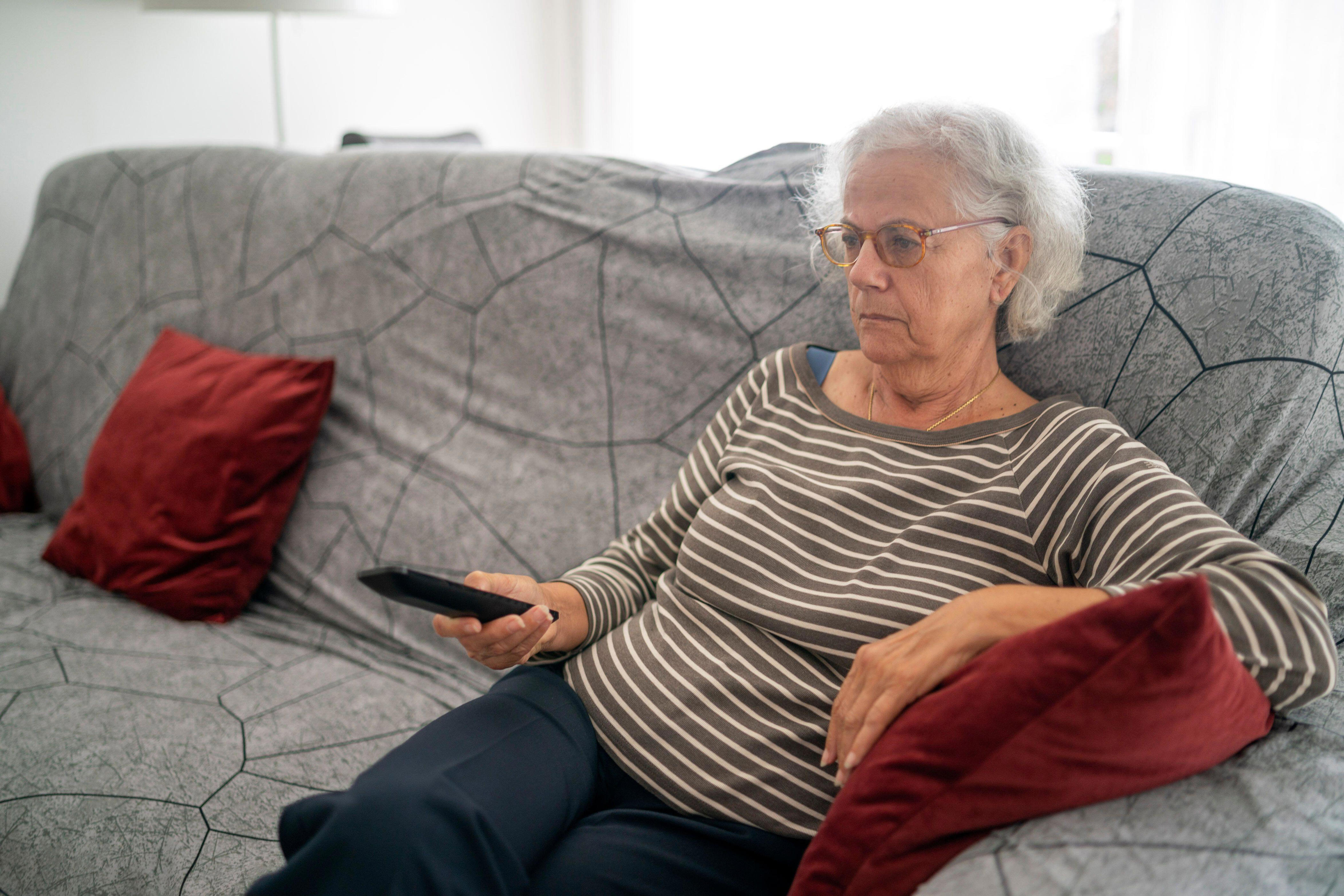What sitting too much does to our bodies
Many of us are guilty of spending the majority of our time seated at work during the day and the evenings slumped on the sofa, but what long-term effects could this have on our overall wellbeing?
The less-than-ideal weather conditions can make exercising less desirable, but engaging in gentle, short movements on a regular basis can still have numerous health benefits.
?
Are there any symptoms you should be aware of that indicate you're spending too much time sitting?
“Low energy levels, tiredness, and struggling to focus can also be linked to lack of physical activity.”

Prolonged sitting can make symptoms worse in individuals who already have certain health conditions.
"People with long-term health conditions, including arthritis, respiratory issues, or blood circulation problems, may feel that sitting prolongs symptoms like joint stiffness, shortness of breath and swelling in the legs," Mould suggests.
What are the effects on our bones and muscles when we spend too much time sitting down?
Bones
Sitting for prolonged periods can place strain on the spine, which can cause compression of the spinal discs.
Conditions affecting the spine can lead to considerable discomfort and may ultimately result in loss of mobility.
Regularly sitting down can also have a negative effect on our posture.
When we sit, our posture often suffers from slouching, so sit up straight, with your feet on the floor and screens at eye level, recommends Kervyn.
Muscles
.
Prolonged periods of sitting may lead to stiffening of the hip flexors, potentially giving rise to hip joint issues.
Is it becoming more acceptable as we mature to sit down more often?

Engaging in physical activity throughout retirement can play a crucial role in maintaining good health, mobility and autonomy.
We lose muscle more quickly as we get older," notes Kervyn. "Prolonged periods of sitting down can accelerate this loss, leading to a condition known as sarcopenia." This, in turn, can cause elderly individuals to struggle getting in and out of bed or a chair, potentially resulting in the need for carers sooner.
How frequent should we move our bodies throughout the day?
Taking a short break from your work station to stretch your legs and move around can make a significant difference in relieving stiffness and tension in your joints and muscles.
Regular physical activity is essential for maintaining musculoskeletal wellbeing and it's vital to exercise as we grow older to preserve this aspect of our health.
Here are three relaxing exercises that you can do throughout the day...
1. Ankle rotations
Please perform this action again, thrice.
“This regular exercise can help to improve blood circulation in your lower legs and feet, reducing the risk of stiffness and promoting overall circulation flow.”
2. Leg extensions
Move one leg out in front of you, bend your foot, and then bring it back down to starting position," says Banks. "Repeat this action with the other leg, doing a few sets back and forth.
The seated leg lift is a straightforward exercise that can ward off leg stiffness, especially after sitting for extended periods.
3. Fast feet
'Stand on your toes with your heels lifted from the floor, then rapidly tap your heels upwards and downwards as if you're running in place," advises Banks. "Complete this movement for 10 seconds, have a brief pause for 5 seconds, and repeat this process 10 times.
This rapid movement aids in the quick activation of the calf muscles, which in turn helps to push blood back up towards the heart, providing a circulation boost.
.
Post a Comment for "What sitting too much does to our bodies"